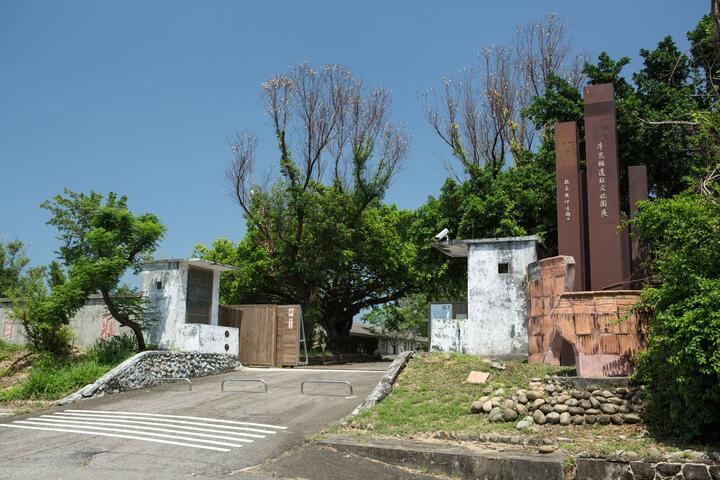Niumatou Site Cultural Park Introduction
The "Niumatou Site" is located on Aofeng Mountain in the Qingshui District of Taichung City (formerly known as Niumatou), within the specific area of Taichung Port's town park, which was originally the Army's Qingshui Base. The "Niumatou Site" represents the middle period of Neolithic culture in central Taiwan and is named after this geographical location, making it the first named archaeological site in the country. Artifacts unearthed at the site are primarily red and brown corded pottery. The cultural park of Niumatou Site, situated on Aofeng Mountain, is named after the earliest identified Neolithic mid-period culture in Taichung. It contains significant cultural layers and has undergone various transformations over time. "Niumatou" is the old name for the Qingshui District, derived from the Papora tribe's settlement, Gomach. The park is designed to preserve cultural heritage and serve educational purposes, showcasing cultural site introductions, artifacts, and archaeological excavation methods to help visitors understand the life and cultivation history of ancient humans in central Taiwan. It also includes remnants from the Shinto shrine from the Japanese colonial period and the facilities of the original military base, making it a space rich in historical and cultural significance. Over four thousand years ago, the site was home to various cultural layers such as "Niumatou Culture," "Yingpu Culture," and "Fanziyuan Culture," which had interactions with the "Niu Chouzi Culture" in the southern region, influencing each other's development. The Papora people originally lived here by fishing, hunting, and cultivating land until the mid-17th century when they began to be influenced by Dutch rule and large-scale Han Chinese immigration during the Ming and Qing dynasties, altering their lifestyle and traditional culture. After the start of Japanese rule in 1895, a sports field was first established due to the area's beautiful environment, followed by the construction of the "Qingshui Shrine," representing the integration of governance and religion in Japan and serving as a tool to control the faith of the colonized people. After Taiwan's restoration, the area became the Qingshui military artillery base. Following the merging of military camps, the land was returned to the Taichung City Government. The Niumatou Site was then designated as a municipal archaeological site based on recommendations from several scholars and experts, revitalizing the area into the Niumatou Site Cultural Park. At the entrance of the park, there is a ceramic artifact symbolizing the Niumatou Culture, dating back approximately 4,500 to 3,000 years, primarily represented by red and brown corded pottery. Inside the park, the former military barracks have been repurposed as exhibition spaces, and the barrack numbers are still visible on the exterior walls, testifying to its historical past. However, the Qingshui Shrine from the Japanese colonial period was destroyed and dismantled after the restoration of Taiwan, leaving only a few remnants such as a pair of stone lions next to the command platform, a base for a lantern along the worship path, and parts of the railing, allowing visitors to recall the shrine's former grandeur. Additionally, the park features an observation deck that offers a panoramic view of Qingshui District, and the nearby rear worship path allows visitors to experience the route once taken to worship at the shrine, making it an ideal place for family outings on holidays.





























